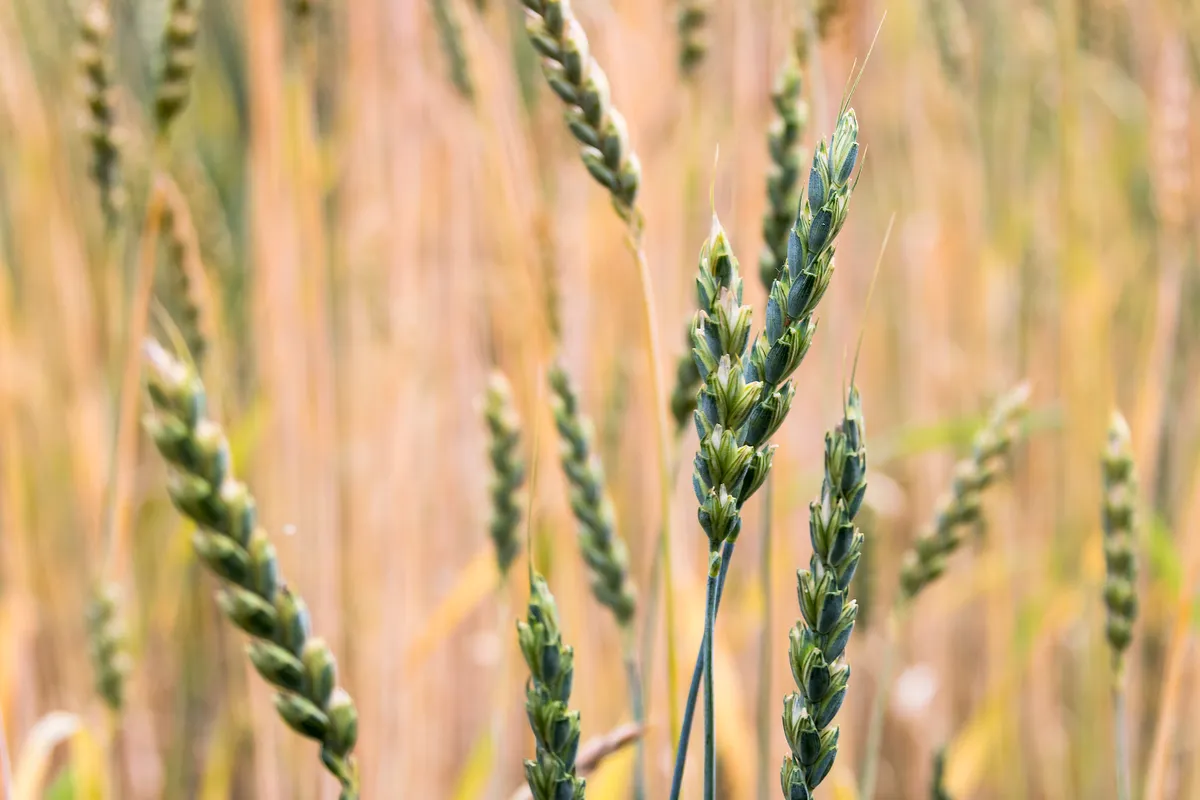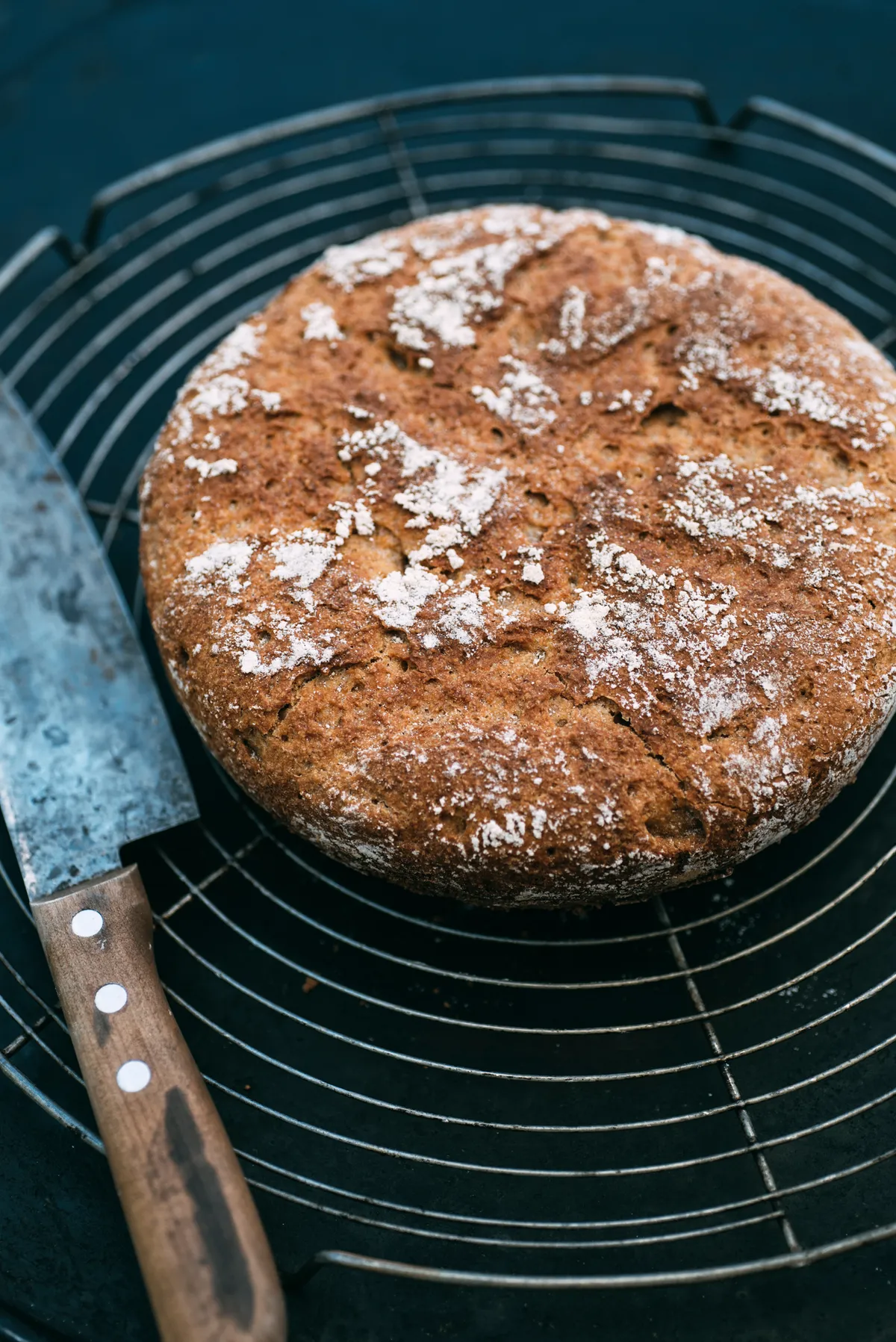Our spelt guide looks at the history of this humble grain.
Around 800 years ago, celebrated medieval visionary Saint Hildegard Von Bingen turned her attention to a humble cereal: “Spelt is the best of grains. It is rich and nourishing and milder than other grain. It produces a strong body and healthy blood to those who eat it and it makes the spirit of man light and cheerful.” As such a fan of spelt, she would doubtless feel vindicated to know that this once obscure grain is now enjoying a revival, attracting endorsements from top chefs and generating entire ranges of new products – everything from flour and breakfast cereals to pasta and crackers.
What is the history of spelt?
Spelt (Triticum spelta) is one of only three ancient precursors of our modern wheat, the other two being emmer and einkorn. It is said that the Roman legions marched on spelt and it was a staple food in Europe for centuries. Known as a covered wheat because its tough husk does not fall off during threshing – the separation of the grains from the plant – it dropped out of favour when the threshing machine arrived in our fields in the 1800s. It was unable to cope with the toughness of spelt, so farmers stopped growing it. With this technological innovation the dominance of wheat, which threshes easily, was secured.
More related content:

Spelt was also upstaged by wheat because it produces lower yields, so it was relegated to the status of an inferior, archaic grain, recommended for its hardiness in mountainous regions, where it thrived in poor soils and stood up to pounding rain. But it was considered unsuitable for modern harvesting and processing methods.

Sidelined as too uncommercial for mass-market production, this humble grain has remained untouched by modern plant breeding. Unlike standard wheat, which has changed dramatically over the decades, spelt has retained its original traits and nutritional profile. Modern wheat strains have been bred with shorter straw to make them easier to harvest and to ensure bigger yields that depend on heavy applications of chemical fertilisers. These strains have been selected not for flavour, but for their high gluten content, which is deemed necessary for the mass-production of baked goods. But now spelt is being revived as a nutritious alternative.
What are the health benefits of spelt?
Spelt contains more protein than standard wheats and its gluten is more brittle and soluble; this is why it is often recommended for sufferers of Irritable Bowel Syndrome. As Andrew Whitley, author of the book Bread Matters, puts it: “There is no doubt that many people find spelt easier to digest and this is surely reason enough to give it a try.”

Spelt is also high in fibre and has a low glycaemic index, releasing sugars slowly into the blood stream so it keeps you going longer. It also contains carbohydrates called mucopolysaccharides, which are thought to stimulate the body’s immune system. A rich source of B vitamins, zinc and iron, spelt is lower in phytic acid than standard wheat, which is a good thing, since this acid is an antinutrient that can make such beneficial micronutrients harder to absorb.
Where to buy spelt
In the 1990s, you could only find spelt in wholefood shops and specialist delis, and it was often imported. But now it is being grown by organic farmers throughout Britain. Spelt is particularly well suited to organic production because its tough husk naturally protects the tender grain inside from pests and diseases, so there is no need for pesticides. Unlike modern strains of wheat, which have been bred to be short, spelt has a prostrate growth habit when young and grows tall in the field. This produces a natural canopy that helps suppress weeds and reduces the need for herbicides.
How to cook with spelt
Unlike some worthy foods that are nutritious but rather unexciting to eat, spelt tastes great and is supremely versatile. Once the outer layers of bran are peeled away, the grain within resembles pearl barley, with the same firm texture but more of a complex, nutty flavour. It is traditionally used whole in hearty soups, while in restaurants and gastropubs, spelt pearls are added to salads, used as a fashionable substitute for rice in risottos, or touted as an unusual alternative to couscous. But spelt is perhaps best used in flour form as a substitute for plain flour, producing superb results in baking. It may cost a little more than standard wheat flour, but judging from its growing popularity, many think it is well worth the extra.
